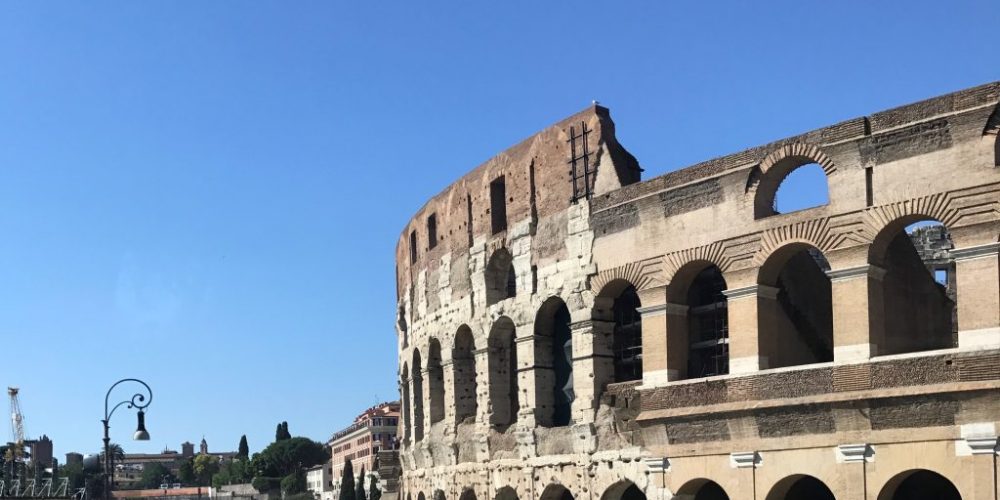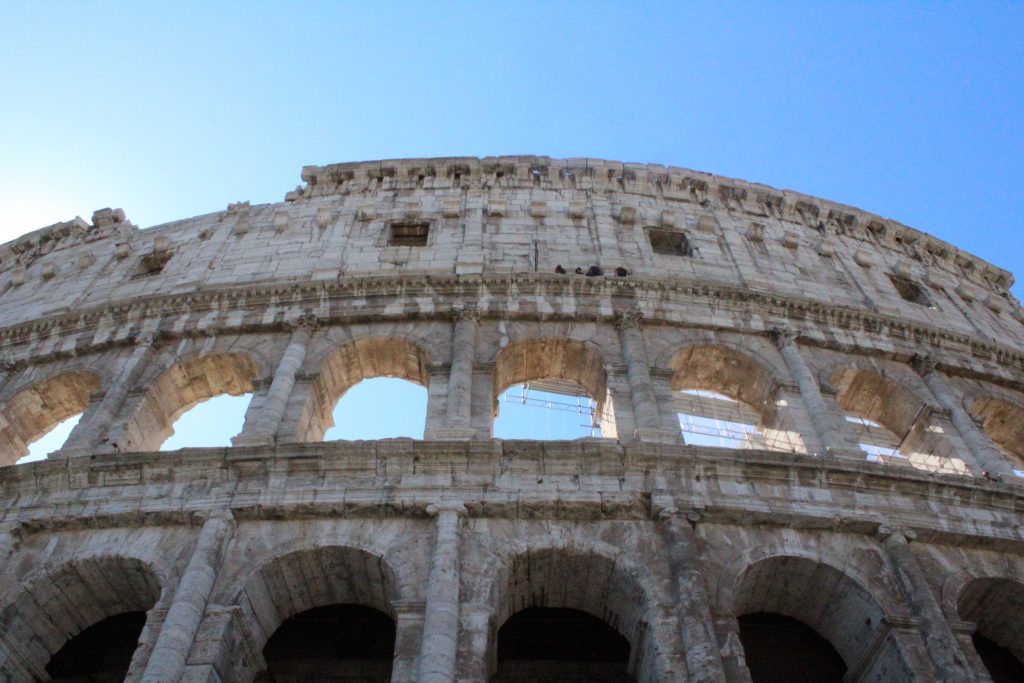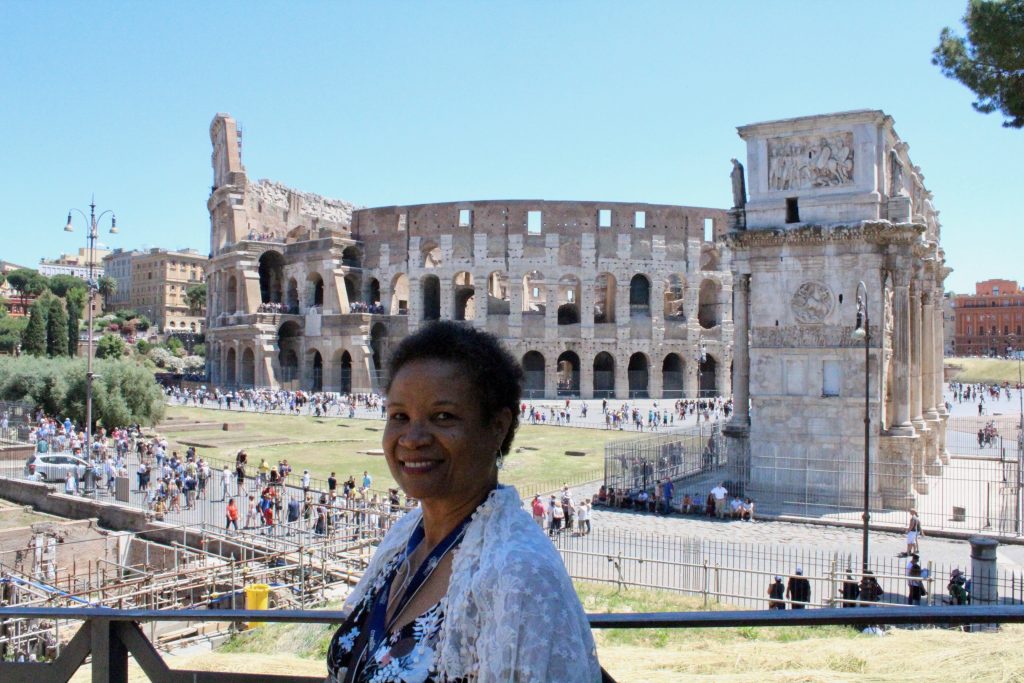The Colosseum, Rome
15 June 2022

Latest posts by Molly Wallis (see all)
- Egg coffee – one of my amazing experiences in Vietnam! - 9 July 2024
- Cambodia: rich in history and culture - 9 July 2024
- Angkor Wat: Cambodia’s architectural marvel - 9 July 2024






















